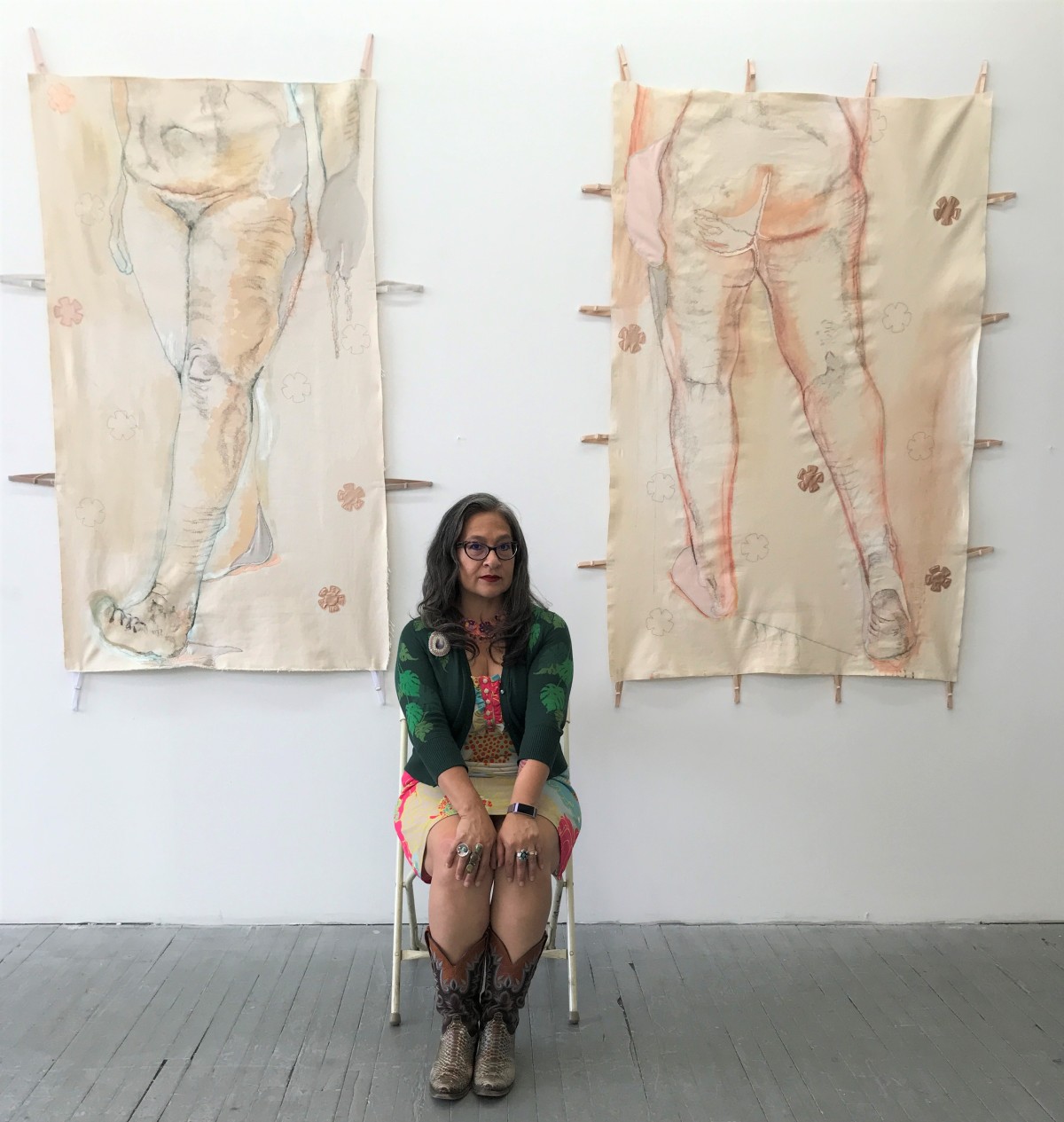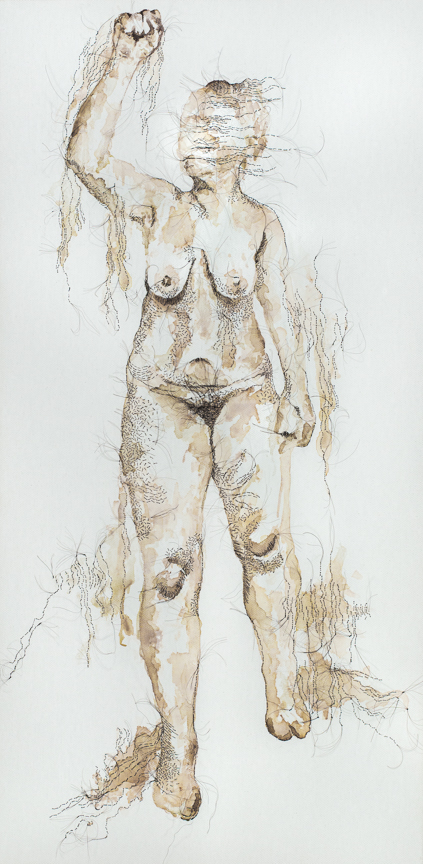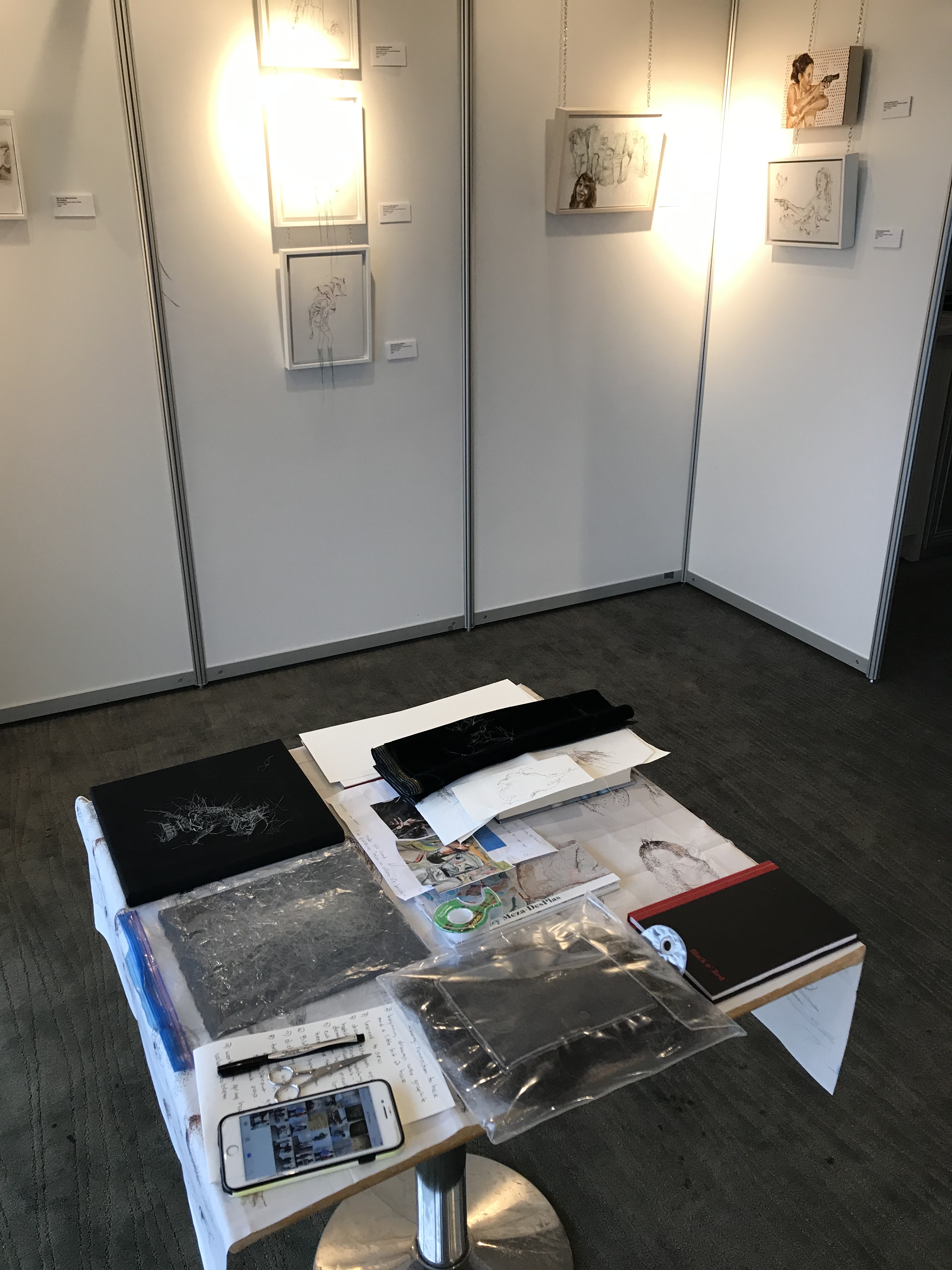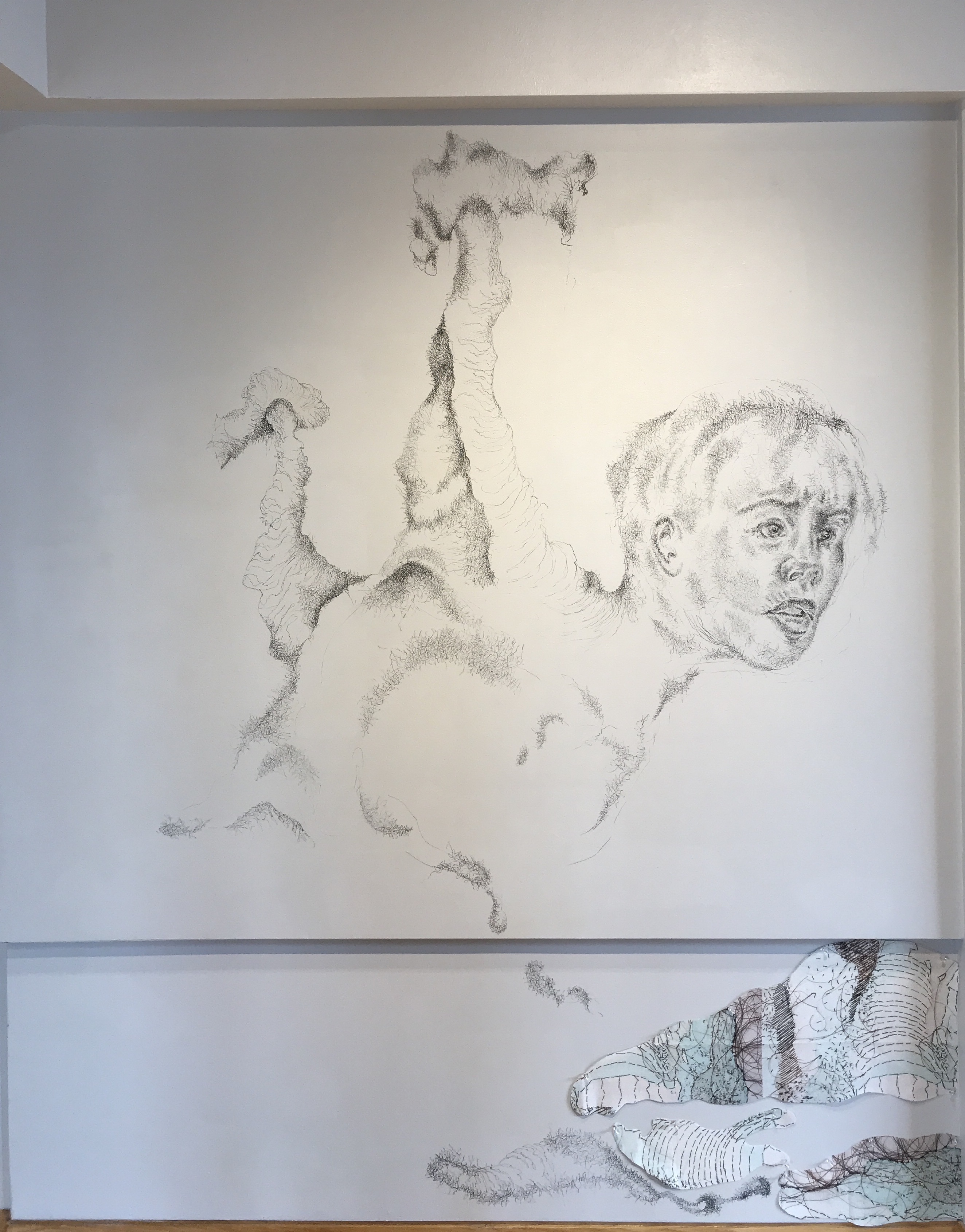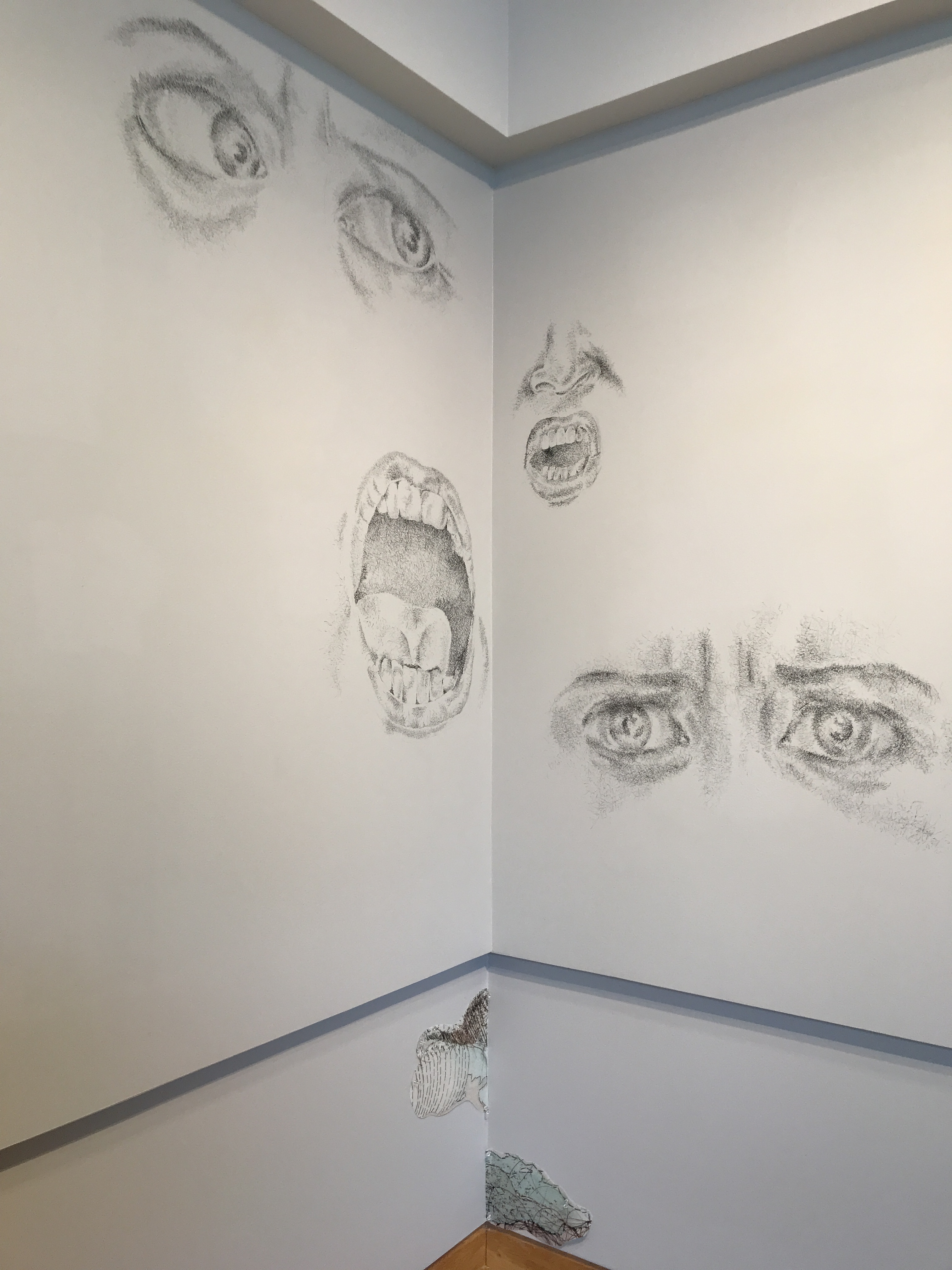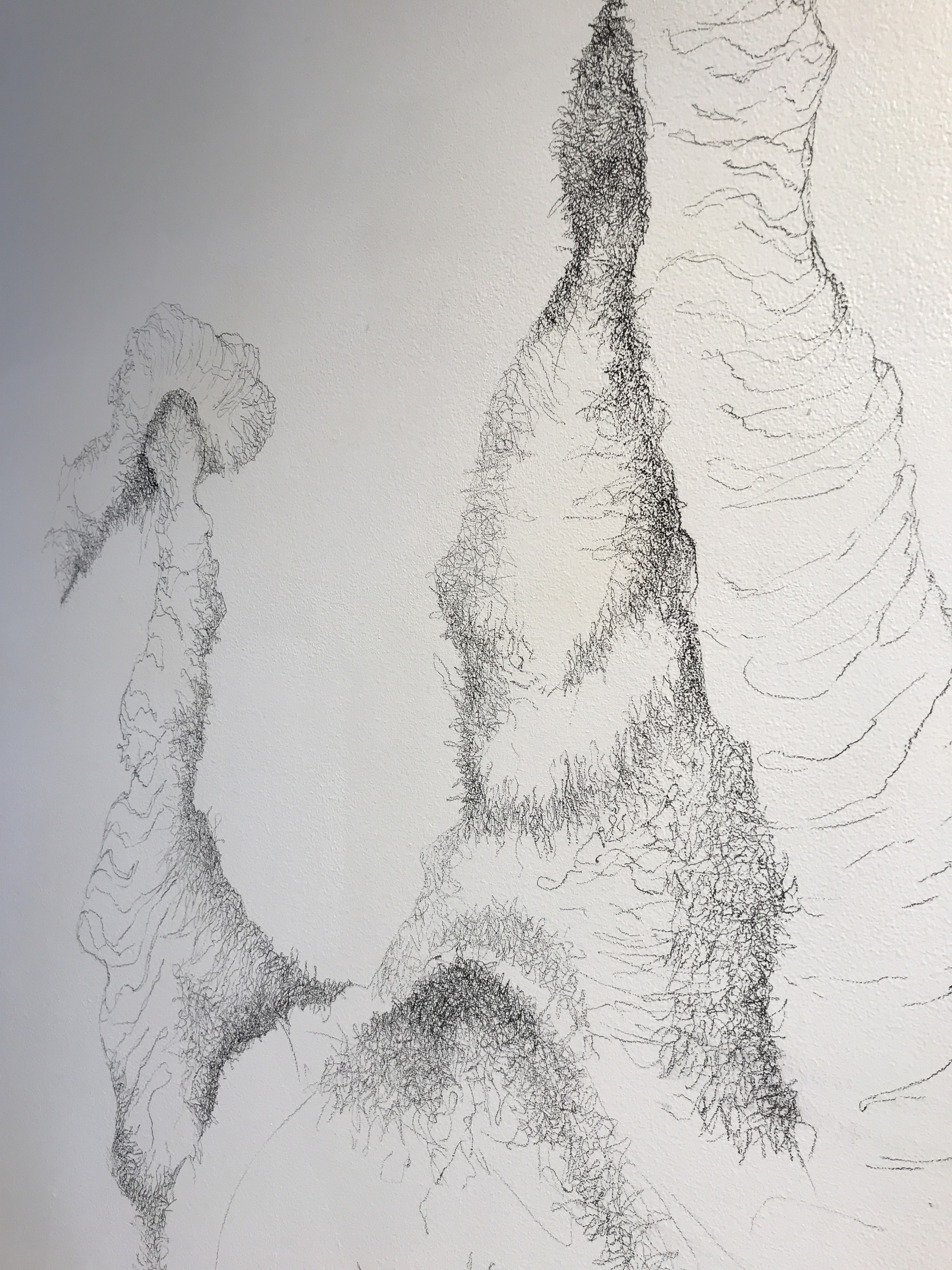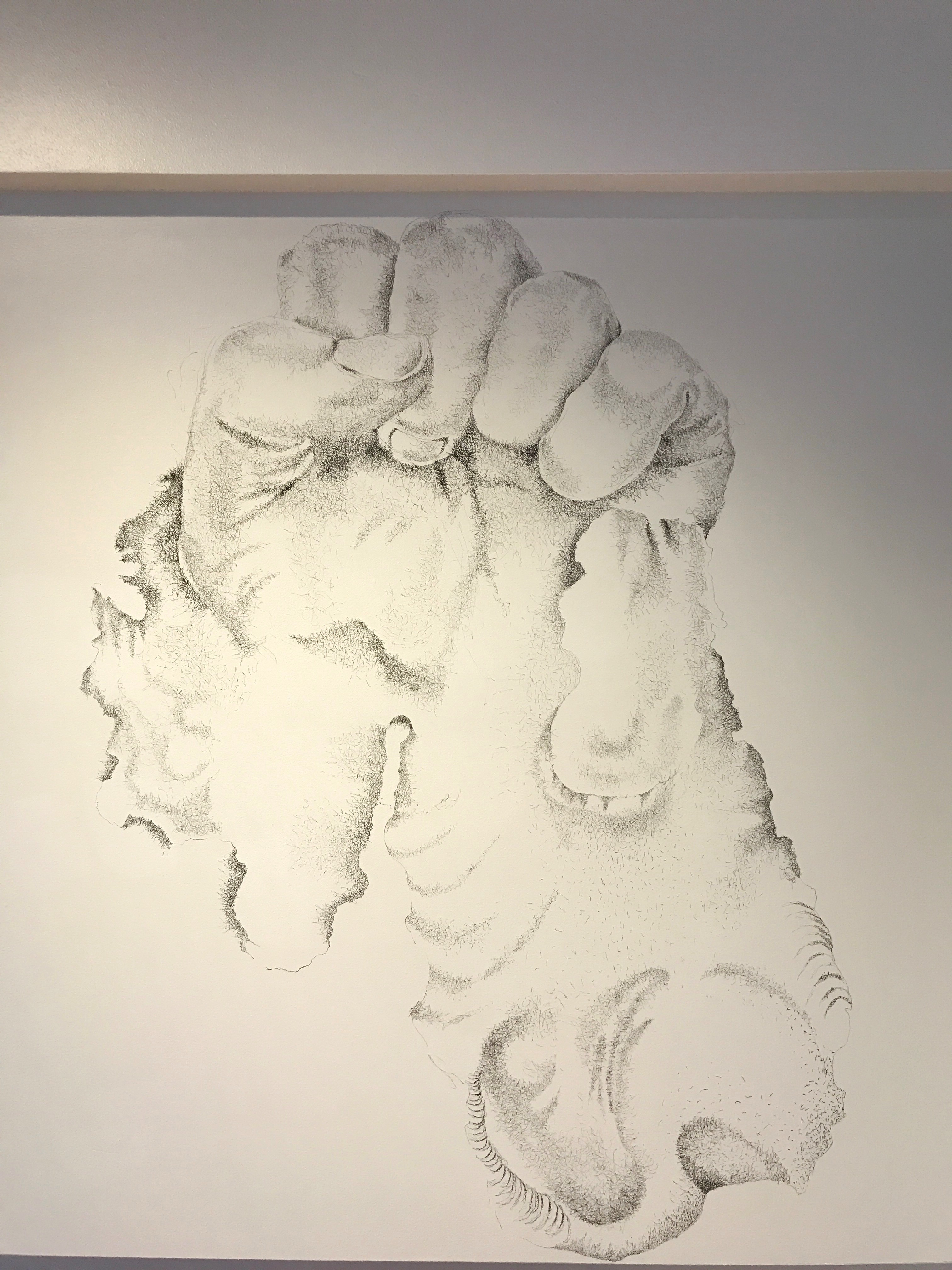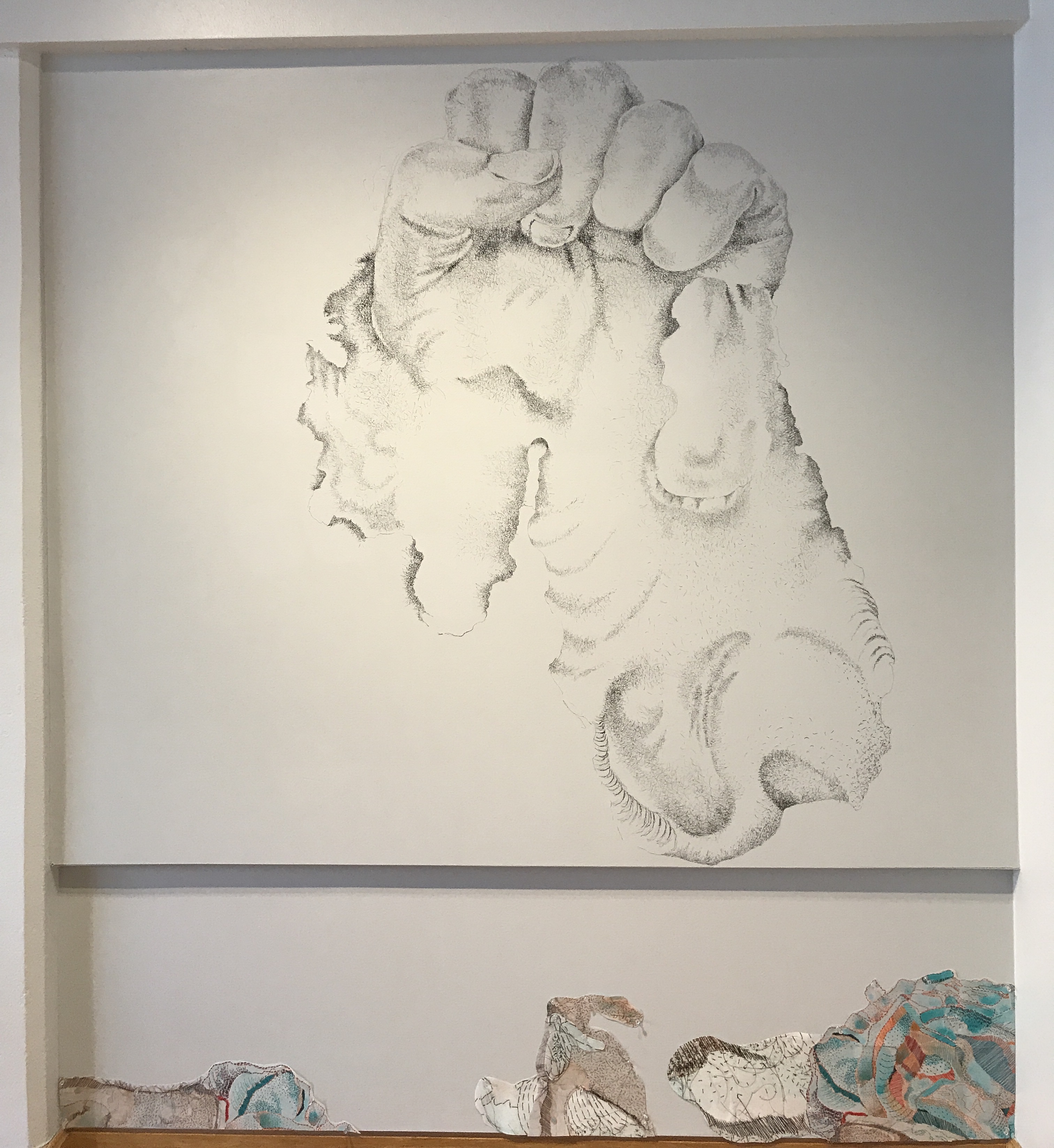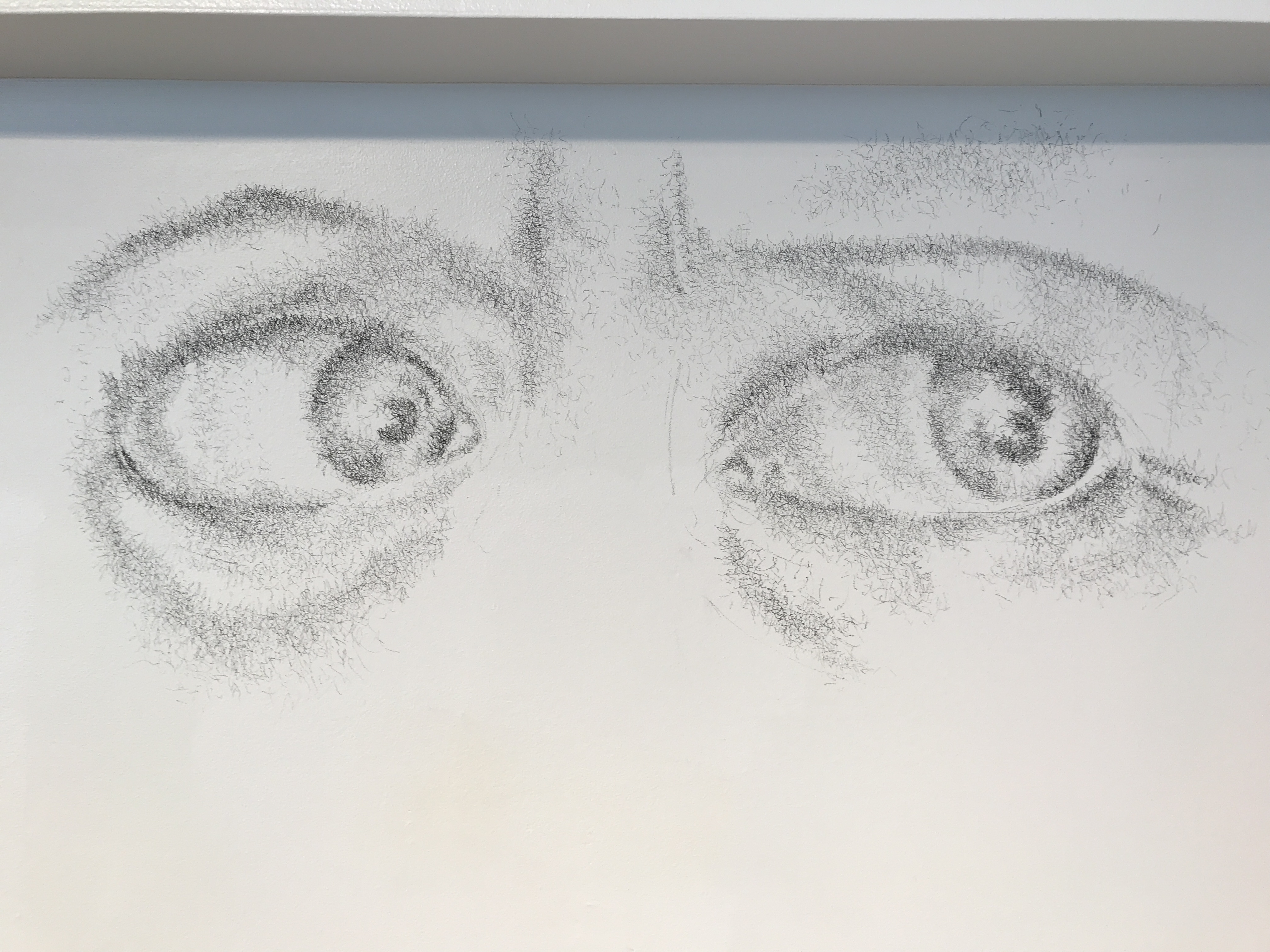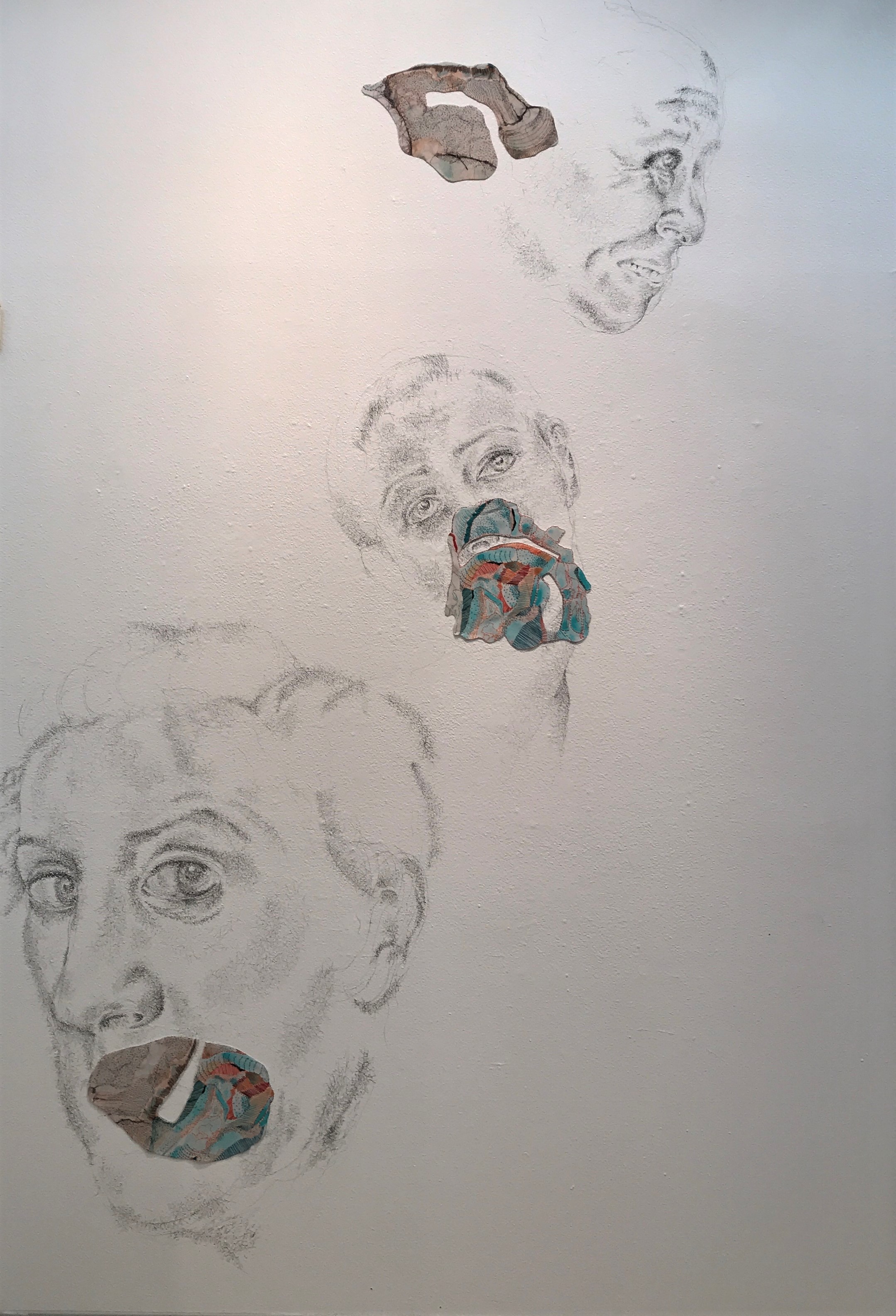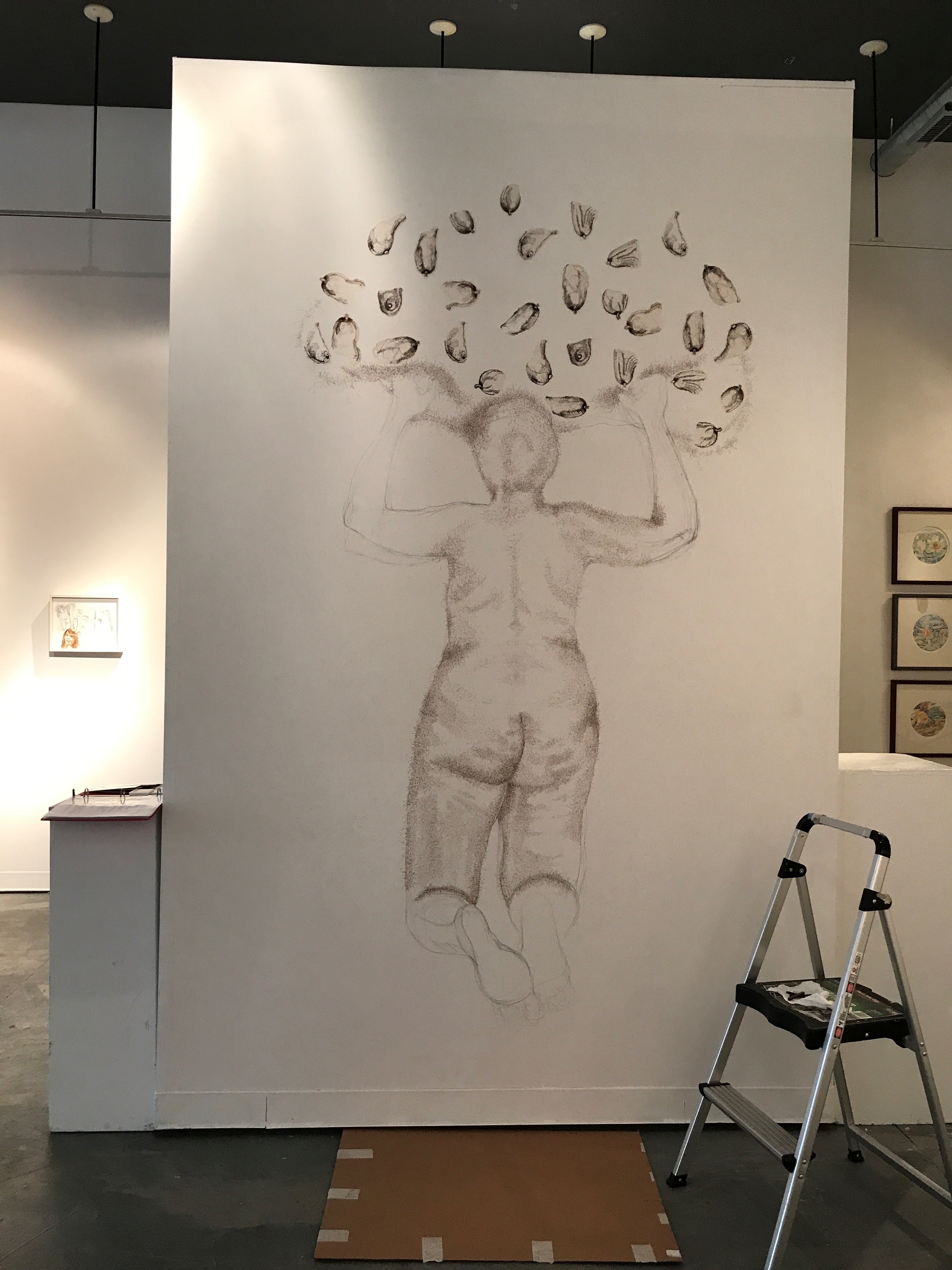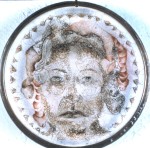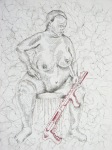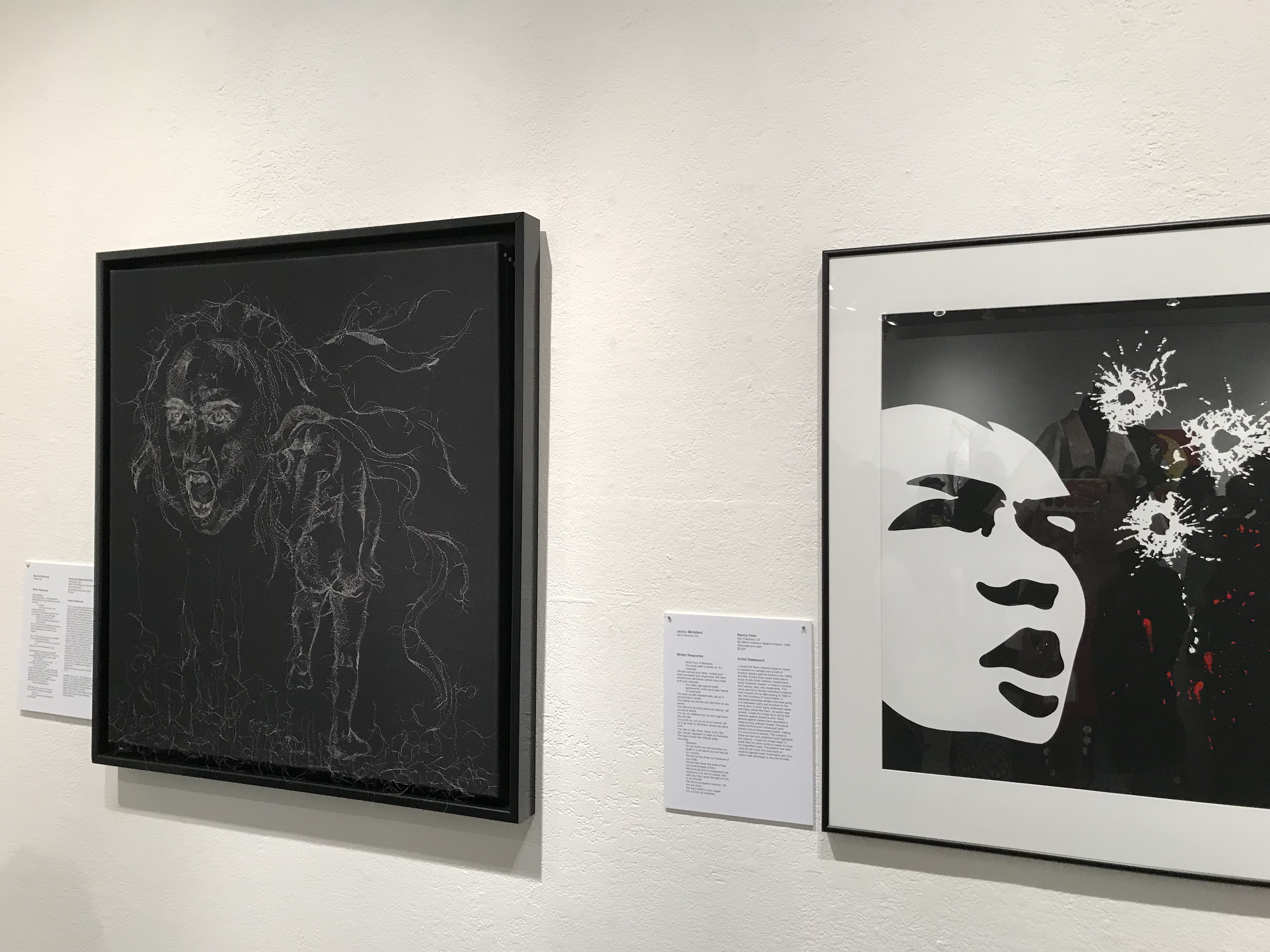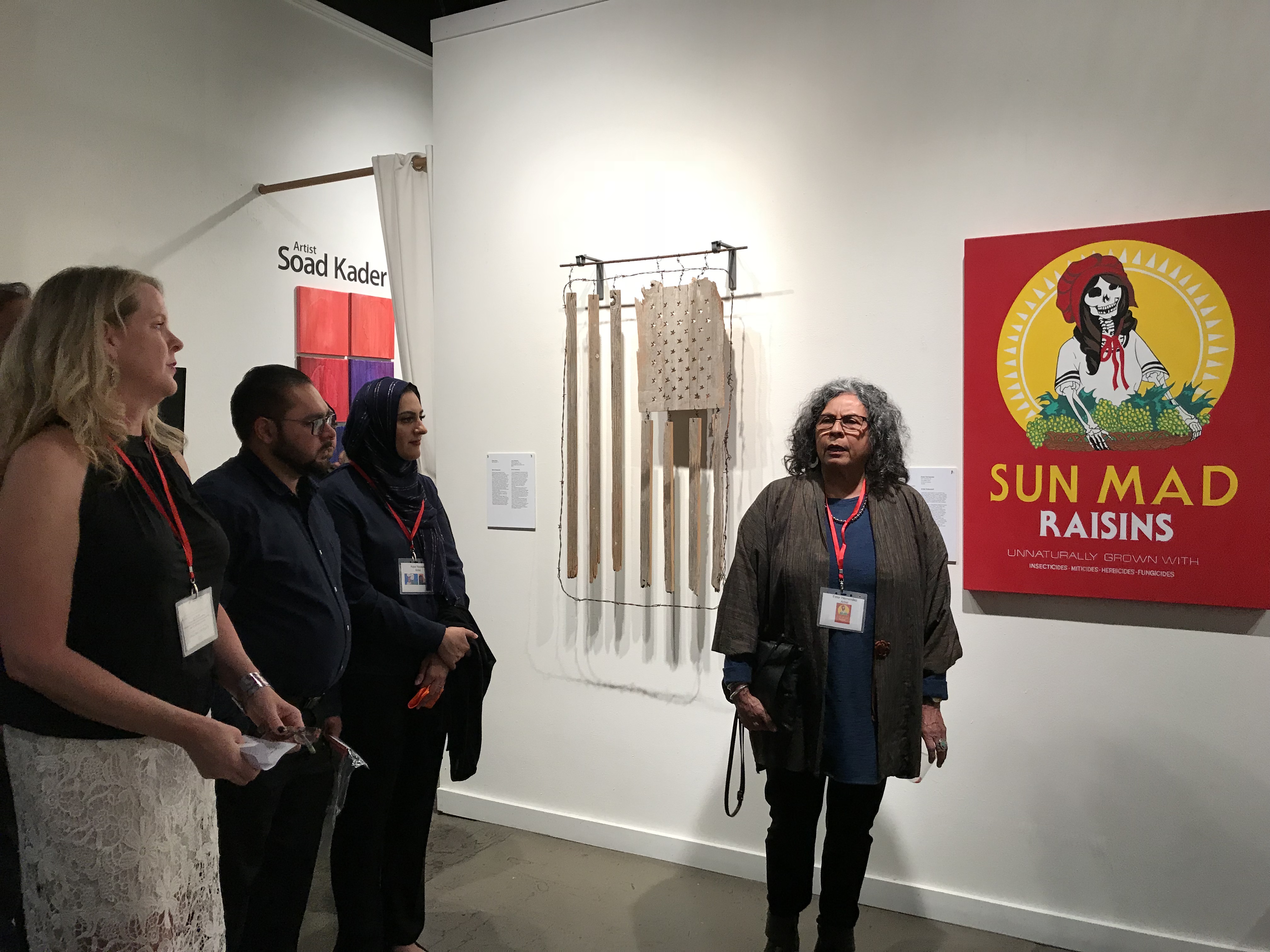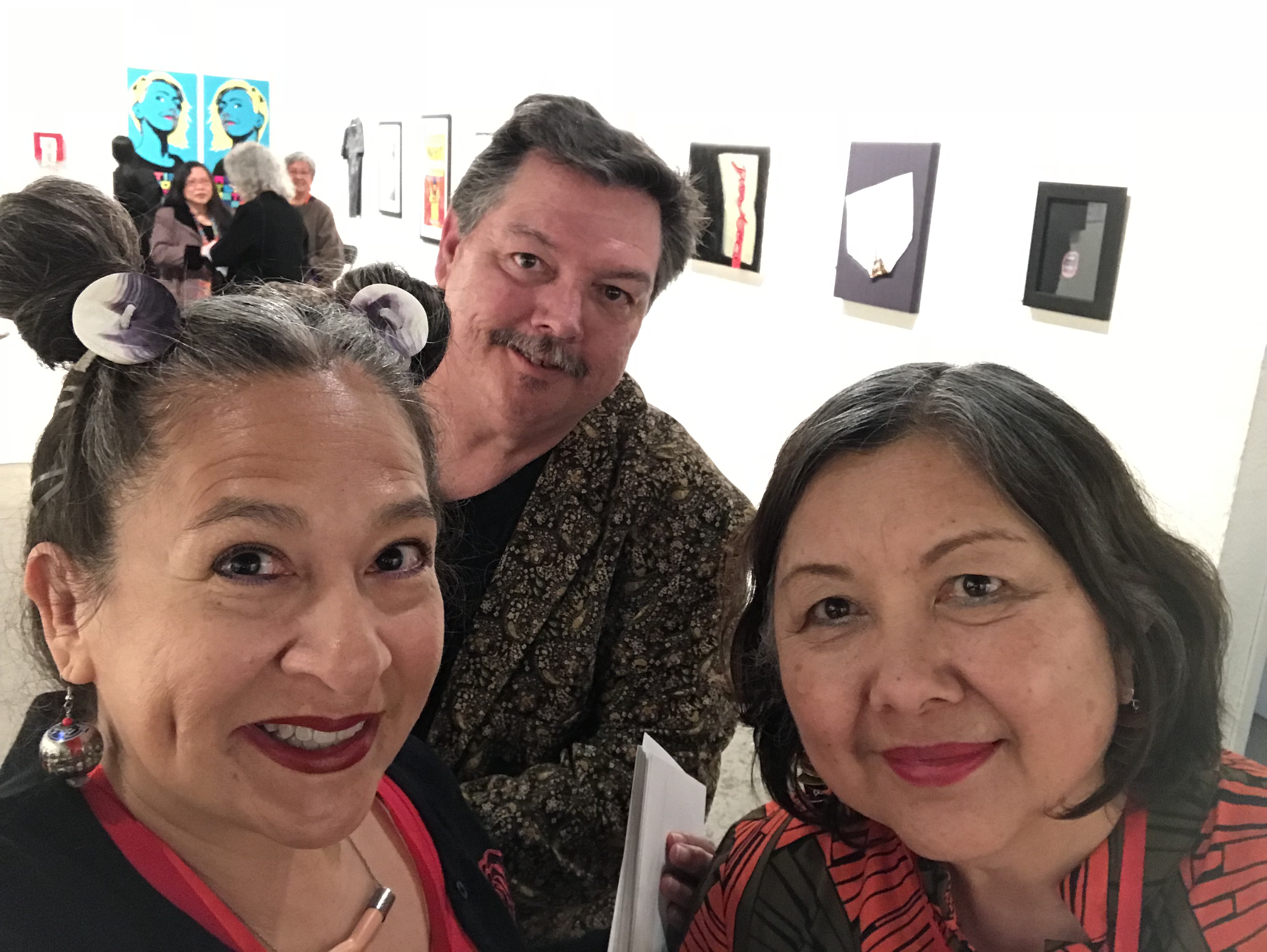“Miss Nalgas USA 2022” is a performance artwork. Nalgas means buttocks in Spanish. The artwork is inspired by Arlene Davila’s book Latinos, Inc.: The Marketing and Making of a People and her discussion on the “commodification of ethnicity” and the “re-authentication of U.S. minorities in terms of the ‘right’ way of being an ‘ethnic.’” This artwork uses humor to encourage dialogue about ethnic identity, body image, and aging. The performance features contestants vying for the honor of Miss Nalgas USA 2022. The artist has invented this beauty pageant which focuses on self-identifying women over 50. There is a term for what happens to women over 50 in society; it is called the Invisible Woman Syndrome. Coahuiltecan/Spanish artist, Rosemary Meza-DesPlas is the character and pageant winner Miss Refried Rosi Frijoles. “Miss Nalgas USA 2022” pokes fun at the pageant concept and its role in promoting stereotypes of beauty and the feminine American identity. Dual identity, Latina American, leads to contrary beauty standards being foisted upon the Latina body. The dialogue of the performance incorporates common misconceptions about New Mexico and references specific geographic locations in the Four Corners.
The performance was held in the Farmington Civic Center on Saturday, November 12, 2022 in Farmington, New Mexico. Farmington is part of the Four Corners in Northern New Mexico. This performance artwork was supported by the Fulcrum Fund, a grant program of 516 ARTS made possible by The Andy Warhol Foundation for the Visual Arts and the Frederick Hammersley Fund for the Arts at the Albuquerque Community Foundation.
The sole creator for this project is Rosemary Meza-DesPlas; however, the performance brought together community members. This performance included Karen Ellsbury, Doug Gonzalez, Patrick Hazen, Stephanie Jaquez, Scott Michlin, Amanda Robles, Lori Stephens, the Zia Chicks.

Refried Rosi Frijoles presenting her monologue in “Miss Nalgas USA 2022”. Monica Leaming and Cecilia Taulbee Leaming from the Zia Chicks in the background.

The performance includes a video artwork which opens with select images of my watercolors. A narration can be heard as the watercolors flash on the screen. The words are from Eve Ensler’s play The Good Body; this play revolves around the theme of body positivity. An excerpt of Carmen’s monologue (a Puerto Rican woman from Brooklyn) is heard, “Good butts, good assses, ooh they are different, they are everything. You want to stick it out, make it visible everywhere you go, particularly on the street, “Hi, baby.” We begin practicing when we’re young like driving lessons, backing them up, turning them around, shining them up (tss!) for display. You want them round, plumpy, and high.”

The judges for “Miss Nalgas USA 2022”: Stephanie Jaquez, Patrick Hazen, Amanda Robles, Doug Gonzalez. The judges’ banter, satirical and humorous, advanced the themes of the performance artwork. Each judge represented a specific personality type. Stephanie Jaquez (Uno) policed the authenticity of ethnicity. She was the hypercritical voice. Patrick Hazen (Dos) gave voice to ingrained misogynistic attitudes. Amanda Robles (Tres) was the compromiser; her centrist viewpoint balanced out the harsh criticism leveled by judge Uno. Doug Gonzalez (Cuatro) was the Latinx ethnicity expert. His role was to state rational information.

Scott Michlin was the emcee in “Miss Nalgas USA 2022”. Wearing a fake mustache, speaking overtly bad Spanish, and wearing a kitschy Mexican suit, the emcee represented the practice of whitewashing in Hollywood. This practice by movie executives serves to reinforce the invisibility of Latinos in film.

(L to R) Refried Rosi Frijoles with Audacious Raquel Arches and Rocky Rita Badlands were the contestants in “Miss Nalgas USA 2022”. As a whole, they presupposed the quality and quantity of ethnicity required to achieve a sense of authenticity. Breaking stereotypes placed upon older women in society, they slapped ass: these women candidly talked about ageism and self-critical body image.

The Zia Chicks (Cecilia Taulbee Leaming and Monica Leaming) complemented this artwork by performing music which matched the mood of each segment within “Miss Nalgas USA 2022”. Their music set the tone throughout the performance artwork and asserted a joyous sensibility.


